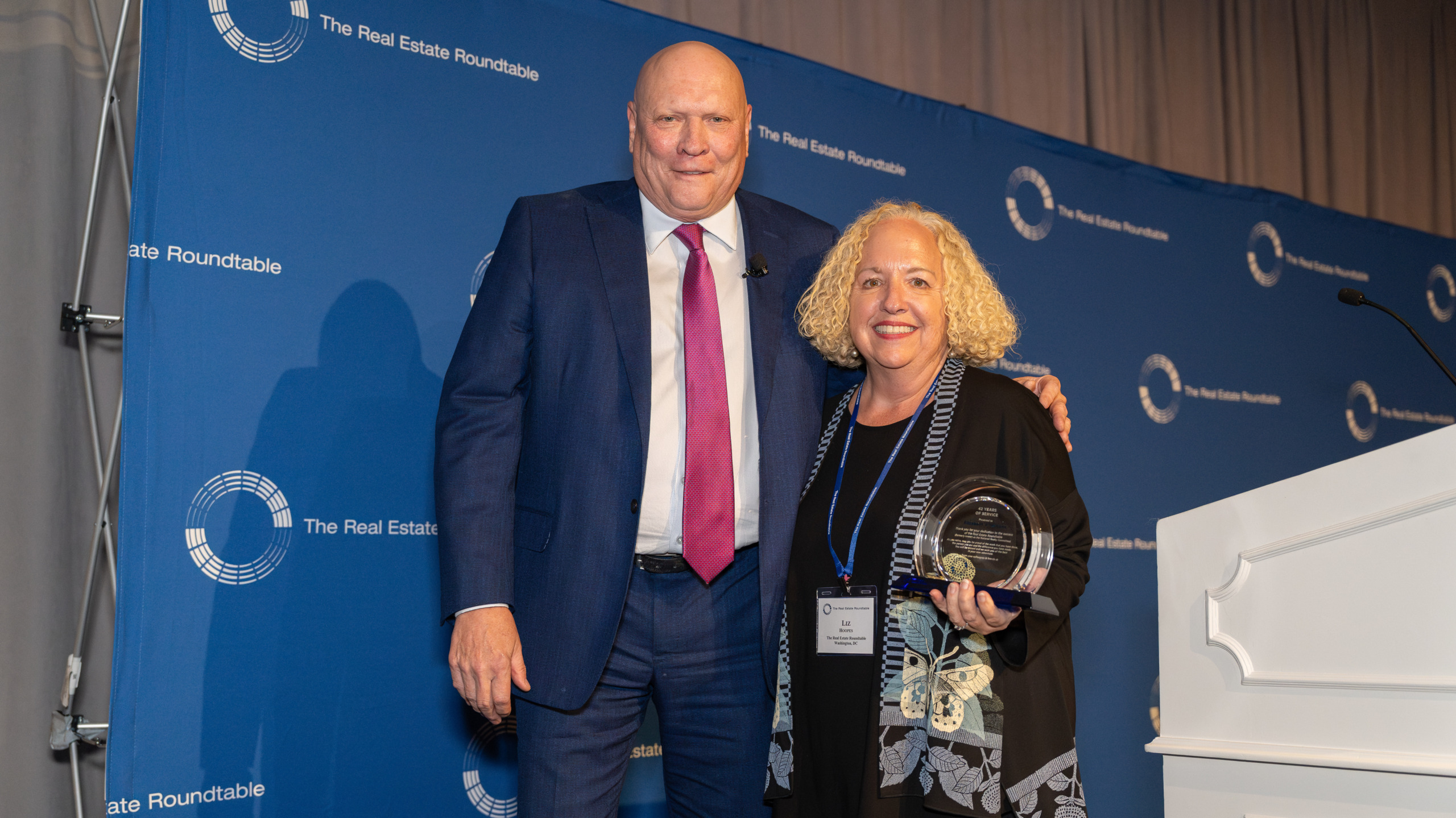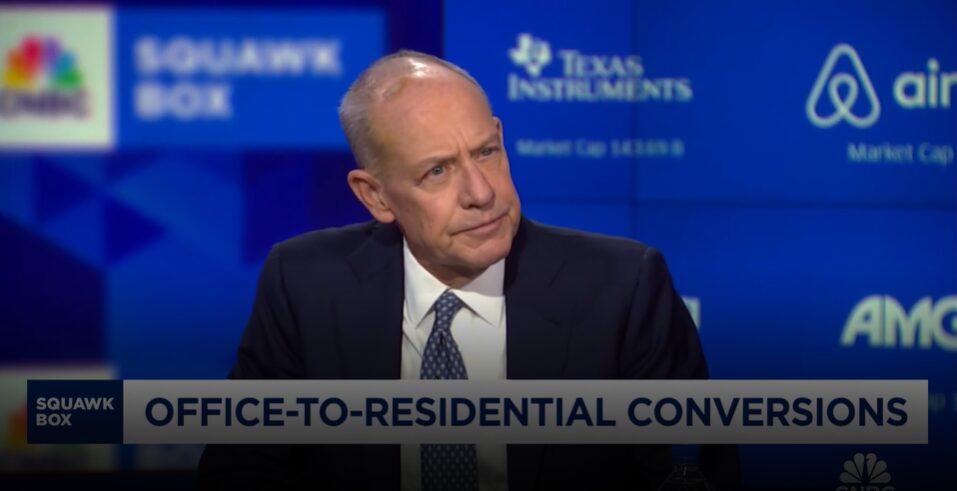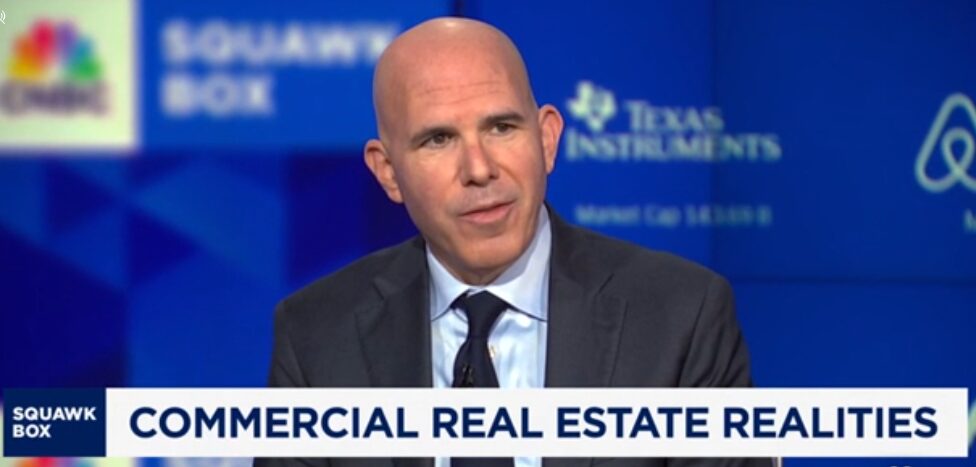
Demands for artificial intelligence (AI), advanced manufacturing, electric vehicles, and building electrification are straining the U.S. electric grid—creating challenges and opportunities for commercial real estate (CRE). (Deloitte, Dec. 9)
Why it Matters
- The grid is at a “tipping point.” Heightened demands for power by consumers, businesses, and government are posing significant risks to energy reliability and driving data center construction to meet the needs. (PoliticoPro, Dec. 18)
- The organization authorized by Congress to assess grid capacity highlighted last month the “critical reliability challenges” needed to satisfy “escalating energy growth,” as retiring power plants age-out of service. The report also noted the need to accelerate construction of transmission projects to bring electricity to the nation’s cities and suburbs. (N. American Electric Reliability Corp., 2024 Assessment.)
- President Joe Biden is expected to issue an executive order as soon as today to boost the construction of data centers on federal land to support AI, while also aiming to increase geothermal and nuclear energy production to power them. (PoliticoPro, Jan. 9)
- Data center construction is surging to meet demand with site selection largely driven by power availability. Microsoft and Meta recently announced billions of data center investments. (E&E News, Jan. 10 | CBRE, Aug. 2024)
- The Department of Energy (DOE) estimates data centers could consume up to 12% of U.S. electricity by 2028, largely attributed to demand from cloud and AI providers. (DOE News Release, Dec. 20)
- As The Roundtable’s Policy Guide on building performance standards states, the transition to a digital economy raises serious concerns about electricity availability. “AI could soon need as much electricity as an entire country” as “[v]ast swaths of the U.S. are at risk of running short of power.” (Roundtable Weekly, Oct. 11)
Bipartisan House Report on AI

- Policymakers and industry leaders are focusing more than ever on solutions to expand power generation and modernize the grid.
- The Bipartisan House Task Force on AI released a report last month finding that AI’s critical role in U.S. economic and national security interests hinges on a robust power grid. (House AI Report, December 2024).
- Recommendations from the Bipartisan House AI Task Force report include:
- Develop metrics and standards to measure energy use and efficiency.
- Allocate infrastructure costs to customers who benefit most from upgrades.
- Use AI to improve energy infrastructure, production, and efficiency.
EPA’s Energy Data Campaign

- Looking ahead, utilities, policymakers, and data center operators must collaborate to balance priorities such as grid upgrades, renewable energy procurement, water resource management, and equitable cost allocation. (Deloitte, Dec. 9)
- This week, EPA continued its building energy data campaign to assist real estate owners in coordinating with utilities to access tenant space energy data.
- To aid both owners, operators, and utility representatives in understanding this issue and potential solutions, EPA has prepared a number of energy data resources that can be found here.
A resilient electric grid is critical to sustaining economic growth. These issues will be featured in discussions at The Roundtable’s State on the Industry meeting on Jan. 22-23.




















